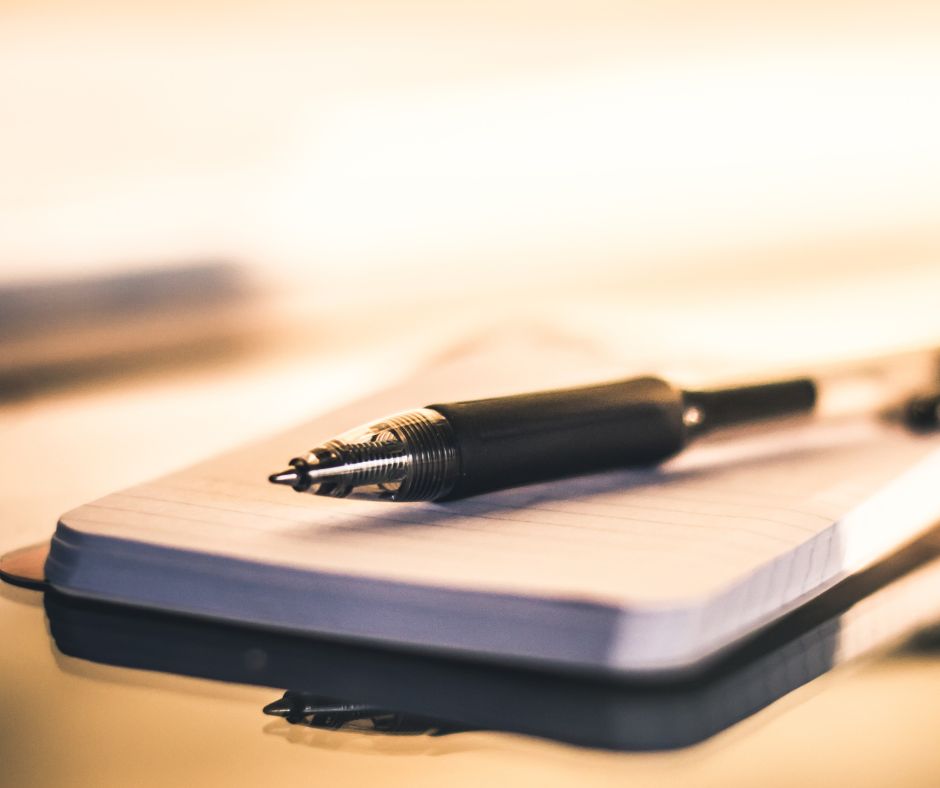Advanced technology has brought ease and convenience to life where once there was neither. For example, consider those who lived in a time when they had to haul water from a riverbank each day, wash clothes by pounding them with rocks and cook each meal over an open fire. In the writing industry, authors can produce more work in less time by typing on a computer or iPad. Long ago, there was only the quill and ink jar. Sometime later, pen and paper became the norm.
You might wonder why authors would use pen and paper when technology enables them to “write” faster by typing. Studies show that there are several benefits to writing “the old-fashioned” way. Keep reading to learn more…
Using pen and paper may help authors improve memory recall skills
In a study conducted some years ago, results showed that participants who used pen and paper to write, as opposed to typing on a keyboard or using an iPad, were better able to remember what they had written than those who had used the other resources. Analysts believe that the act of using pen and paper heightens the sense of touch, which is a form of communication. In other words, writing by hand is a more tactile form of producing the written word than tapping keys or a touch screen.
In another study, participants performed various styles of writing, including writing by hand, typing and tracing letters already printed on paper. Researchers then observed their brain activity when shown the letters they had written, typed or traced. In all cases, there was substantially more brain activity when viewing letters that were hand-written. Typed letters produced the least amount of brainwave changes, and brain activity for traced letters fell in between the other two.
Incorporation of various methods
There’s no reason authors must strictly adhere to the practice of writing with pen and paper. There’s enough evidence, however, to suggest that incorporating this practice into your daily habits as a writer might be a good idea. Consider using the traditional method for rough drafts, for instance, and typing the final copy.
You might also want to experiment with different writing utensils, such as a ballpoint pen versus a pencil or fine-tipped marker. Do your creative juices flow better when using one or another? It’s nice to be able to zip along at 90 words per minute when you’re trying to meet a deadline; that’s for sure. Use of modern technology doesn’t mean that using pen and paper isn’t a worthwhile activity. When you’re ready to start your next novel, why not give both a try?



















